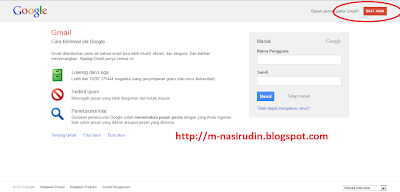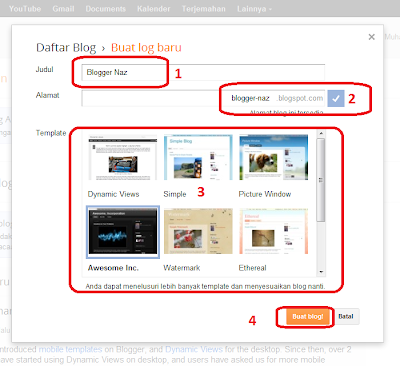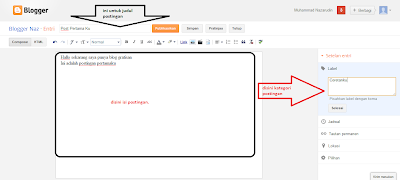 |  |
 | 
|
 | 



 
The Great Wall
Step into the world of writers and photographers as they tell you about the best, worst, and quirkiest places and adventures they encountered in the field. |



| Get the facts behind the frame in this online-only gallery. Pick an image and see the photographer's technical notes. |

Click to ZOOM IN >>

Click to ZOOM IN >>

Click to ZOOM IN >>

Click to ZOOM IN >>

Click to ZOOM IN >>


Ramparts for the Ages



Click to enlarge >>
|  | 

By Peter Hessler Photographs by Michael Yamashita Photographs by Michael Yamashita


| Over the centuries the Chinese built not one wall but a vast network of walls to keep foreigners out. Now two foreigners, a writer and a photographer, set off on an unprecedented mission: to follow as much of the walls as they can by car, traveling deep into China's rural heart. |



Get a taste of what awaits you in print from this compelling excerpt.
I stopped in Ninglu, the last village in Shanxi before the Inner Mongolian border. The population was 120, and the settlement was surrounded by an ancient garrison wall nearly a mile in circumference. Old people sat in the village square, soaking up the sun.
In Chinese villages I often asked if there was anybody who understood local history, and sometimes the people pointed me to a local sage or an amateur historian. Sources of Chinese history can be humble; official archaeologists and historians are so overworked and underfunded that they often don't have much time for a place like Ninglu. Whenever I spoke to scholars, they emphasized the same thing: Don't underestimate the value of local memory.
The old people in the square answered my question immediately. "Talk to Old Chen," they said.
His name was Chen Zhen, and he was 53 years old. He was a potato farmer—he worked less than two acres (1 hectare) of dusty farmland—and he owned five sheep. His annual income was around 200 dollars. He wore heavy black-rimmed glasses, and his silver hair was cropped close to his head. He took me to his home, where he opened a drawer and pulled out a sheaf of rice paper that had been stapled together. On the front cover he had written: The Annals of Ninglu/Research Established January 22, 1992.
I opened the book and read Chen's careful script: "The town wall was built in the 22nd year of the Jiajing Emperor (in 1543), and encased in kiln-fired brick in the first year of the Wanli Emperor (in 1573)." There were dozens of pages, hundreds of dates. There were sketches and maps. I leafed through the book, wishing there was a photocopy machine within three hours' drive. "I researched the county archives," Old Chen explained, "and then I talked to old people in town who remembered things. Some of them have died since I started. I just finished last year."
He showed me some pottery fragments that he had found near a Han dynasty wall. Three different dynasties had left fortifications in this region, and Old Chen offered to take me out to the ruins. We drove north into the mountains, where he led me into a high valley of scrub grass and dusty gullies. Old Chen had the slow, deliberate walk of the Chinese peasant: hands clasped behind his back, head bowed thoughtfully.
He pointed out the Northern Wei dynasty (A.D. 386-534) wall, a faint two-foot- (one-meter-) high ridge running northeast. The Han dynasty (206 B.C.-A.D. 220) wall was so small that I wouldn't have noticed it without his help. Running parallel to it was the Ming wall, six feet (two meters) high and marching eastward across the hills. It was intersected by the road, where a stone tablet, stuck into the heart of the wall, proclaimed Inner Mongolia. The Ming wall still serves a political purpose, marking the border between Shanxi and Inner Mongolia. It also represents an economic divide—because parts of Shanxi have lower land-use fees, peasants in this area told me they prefer to farm the southern side of the wall.
Back at his home, Old Chen pulled out a map and said that the village was originally called Ningxi Hulu. The name translates as: Pacify the Hu. "Basically it means kill the foreigners," he said with a smile. "Look at this—" He pointed to another village on the map, ten miles (20 kilometers) to the east: Weilu. Overawe the Hu. Fifteen miles (24 kilometers) to the west: Pohubu. Destroy the Hu. Another 20 miles (30 kilometers) beyond that: Shahukou. Slaughter the Hu. Today these villages use the character for "hu" that means "tiger"—a change made during the Qing dynasty, whose Manchu rulers came from northern tribes and were sensitive to the portrayal of people from beyond the border walls.
Old Chen shook my hand when I left. "Next time you come," he said, "try to bring an archaeologist."
Get the whole story in the pages of National Geographic magazine. |
 | 
 



 |  |  |
 |  |  |
 |  |  |
 |
| VIDEO Explore life along the Great Wall with photographer Michael Yamashita. |
|  |
 |  |  |
 |  |  |
 |  |  |
 |  |  |
 |
| Preservationists claim that commercialization of China's Great Wall is damaging the archaeological treasure. How can such antiquities be accessible to visitors and still be preserved? And what, if any, restrictions should be imposed? Voice your opinion. |
|  |
 |  |  |
 |  |  |
 |  |  |
 |  |  |
 |
Send this galloping
e-greeting from the Great Wall to a friend. |
|  |
 |  |  |
|
|


| In More to Explore the National Geographic magazine team shares some of its best sources and other information. Special thanks to the Research Division. |

 |  |  |
 |

Buried by sand for centuries, a 50-mile- (80-kilometer) section of wall has recently been discovered in an arid part of northwestern China, the Chinese government announced this past October. The surfacing of this small segment is big news because this wall is part of a much bigger structure—the Great Wall of China. Though in the popular consciousness the Great Wall is thought to be a single structure, it actually consists of numerous walls built by different dynasties over more than 2,000 years. In the past these structures bolstered defense, but today the Great Wall serves primarily as a symbol of China and a lure for tourists.
As reported by the Associated Press, the newly uncovered section of wall was found on the southern slope of Helan Mountain in Ningxia Autonomous Region. Experts believe it was built in 1531, with three watchtowers added in 1540, when the fortification was undergoing repair. The chunk of wall is 21 feet (6.4 meters) high, 20 feet (6 meters) wide at its base, and 11 feet (3.3 meters) wide at the top. It contains seven drainage ditches and stone reinforcements along some stretches.
New discoveries like this are not entirely unusual; another section of wall, 2,000 years old, was uncovered by archaeologists in the desert of Gansu Province, which borders Ningxia to the northwest, in August 2002.
—Christy Ullrich |  |
|  |
 |  |  |


History of China
emuseum.mnsu.edu/prehistory/china/index.html
Travel through time—from ancient China (12,000 B.C.-221 B.C.) to later imperial China (1279-1911). This website from Minnesota State University includes maps of historical periods, a timeline of Chinese dynasties, and a bibliography.
Great Wall Marathon
www.great-wall-marathon.com
Ready for a challenge? Runners in the Great Wall Marathon describe it as the experience of a lifetime, with flat terrain in the countryside giving way to more than 3,700 steps along the Great Wall. Visit the official marathon website to find out how you can participate.
|


Lindesay, William. Alone on the Great Wall. Fulcrum Publishing, 1991.
Michaud, Roland, Sabrina Michaud, and Michel Jan. The Great Wall of China. Abbeville Press Publishers, 2001.
Schwartz, Daniel, and others. The Great Wall of China. Thames and Hudson, 2001.
Waldron, Arthur. The Great Wall of China: From History to Myth. Cambridge University Press, 1998.
|


Supples, Kevin. China. National Geographic Books, 2002.
Jeffery, David. "China's Great Wall," National Geographic Explorer (October 2002), 16-20.
Lindesay, William. "World Wonders: The Great Wall," National Geographic Traveler (October 1999), 234-235.
Lindesay, William, and Julia Wilkinson. "Inside Beijing," National Geographic Traveler(September/October 1998), 84-102.
McCormick, Frederick. "China's Treasures," National Geographic (October 1912), 996-1040.
|
|
|  |  |







































